A gold standard for causal inference from observational data is the no unmeasured confounding assumption, i.e., one has measured a sufficiently rich set of covariates to ensure that within covariates strata, subjects are exchangeable across observed treatment values. Skepticism about this assumption in observational studies is often warranted because it hinges on one’s ability to accurately measure covariates capturing all potential sources of confounding. In this talk, I will introduce the proximal and null treatments approaches for confounding adjustment, and review and summarize existing statistical methodologies (e.g., IV) for detection, reduction, and correction of confounding bias. The two proposed approaches offer opportunities to identify causal effects in settings where unmeasured confounding presents, while the former explicitly acknowledging covariate measurements as imperfect proxies of confounders and the latter revealing that only an unknown subset of treatments are active. We provide sufficient conditions for identification, develop estimation methods, and illustrate with application examples.











